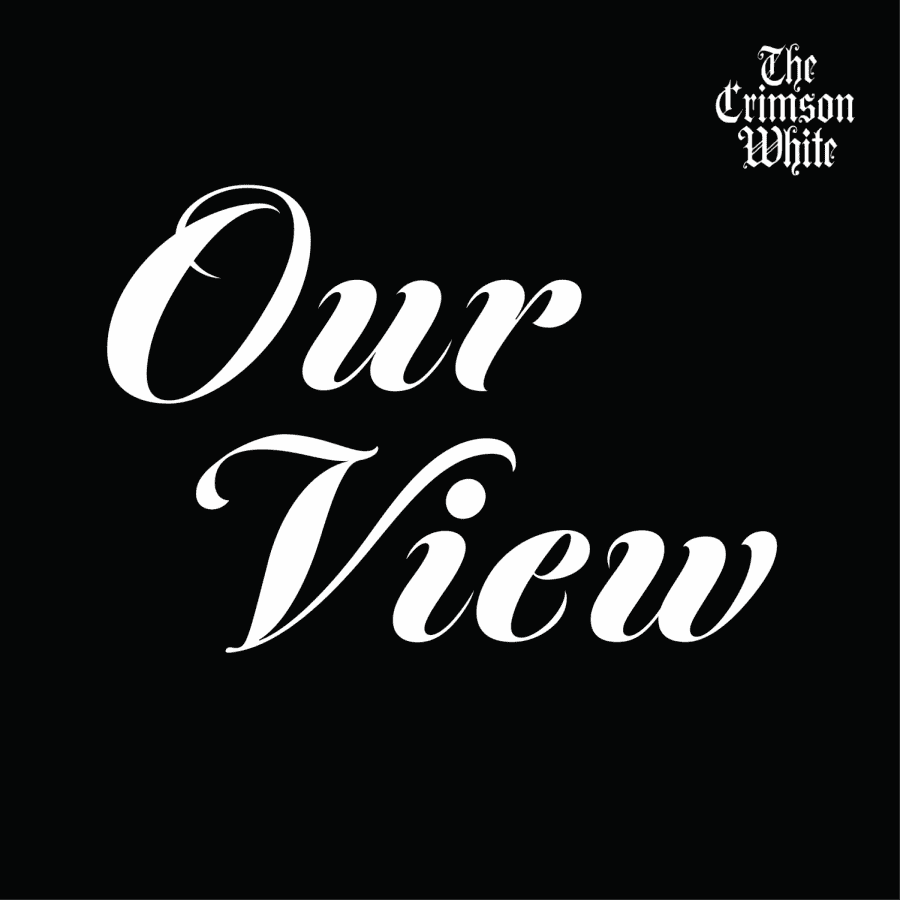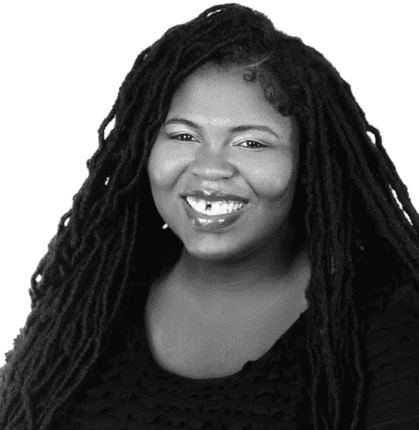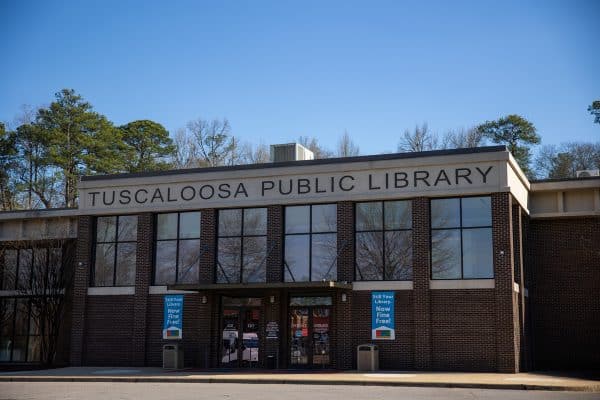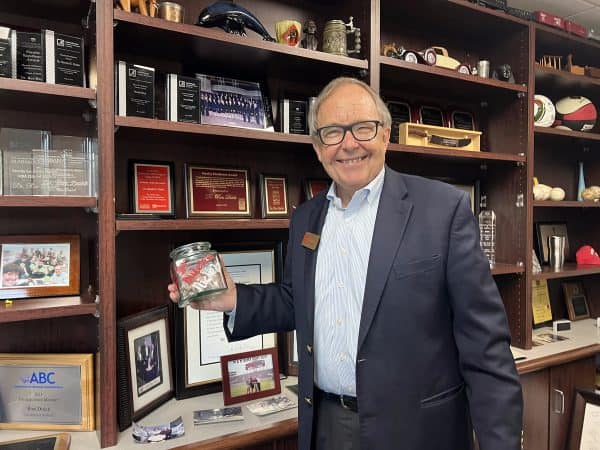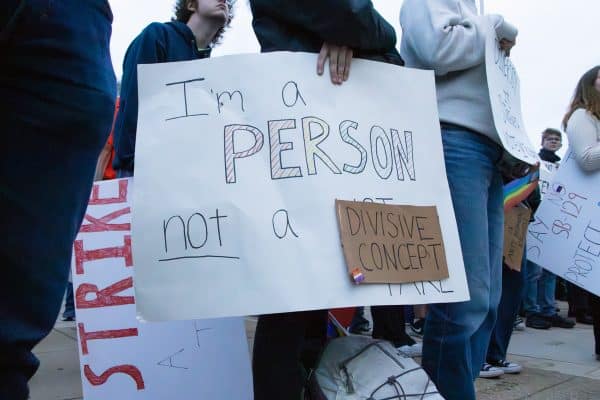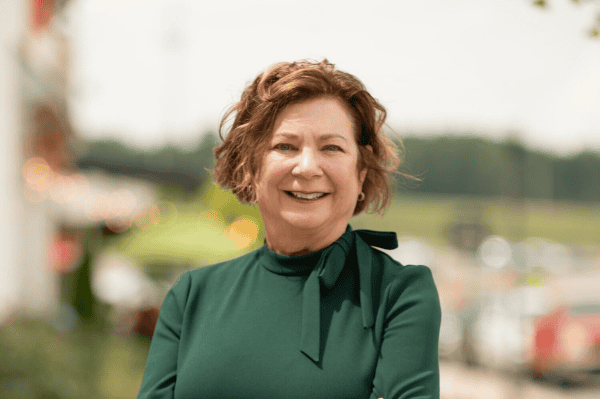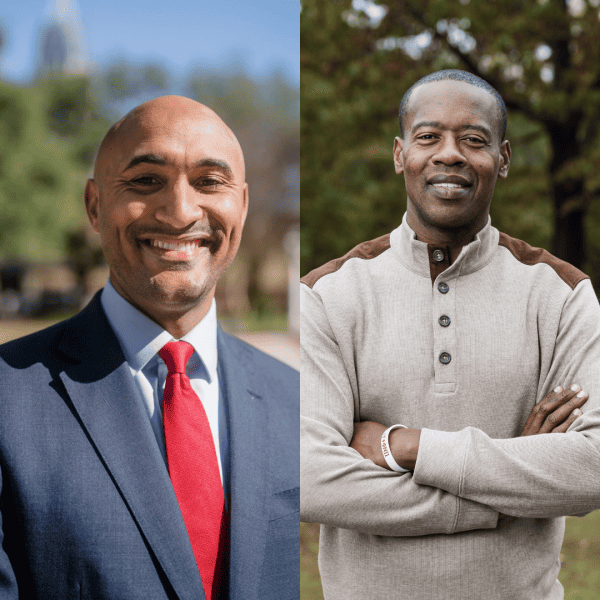Our View | Bridge the gap
September 22, 2021
The University of Alabama’s relationship with the city of Tuscaloosa doesn’t always translate into improvements for the community. The University and the city can feel as though they are worlds apart. Steps must be taken to make one united atmosphere out of two. In doing so, we can cultivate a University and a city that are one in the same.
The University of Alabama, along with its students, have occasionally caused strain for the city. With 38,000 students coming to the city every fall and leaving every spring, our presence isn’t exactly subtle. This amount of people isn’t just a nuisance; it impacts the infrastructure of the city.
Most notably, these thousands of students require housing, a condition that has placed economic stress on the city in recent years. In August, the City Council voted to extend the moratorium on student housing. The moratorium was originally enacted as a temporary measure in June 2020, but it remains a necessary action to ensure that student housing doesn’t overwhelm the city.
Mayor Walt Maddox has taken a strong stance in favor of the moratorium, citing infrastructure, public safety and the overall quality of life in the city. During a period when some students may continue to attend class virtually, demand for housing has simply not caught up with supply.
The University’s impact doesn’t end with housing. The presence of the University and its students concentrates construction projects. Even in the midst of a pandemic, the University’s construction projects have grown. While the University invests in itself, it must also consider the ways it can invest in the surrounding community.
The University’s net position, or its financial position at the end of the fiscal year, was $2.3 billion in 2020. The 2021 fiscal year operating budget for the city of Tuscaloosa was $226 million. It is clear that the University has much greater flexibility than the city to invest in infrastructure projects. To strengthen the University’s relationship with the city, it must look for ways in which those projects also extend benefits to the community beyond campus.
In the spring of 2019, Mayor Maddox enacted through executive order the Abatement of Blight, Crime and Debris, or ABCD, task force. The task force, composed of seven departments, was created to remedy the structural deficiencies within the city of Tuscaloosa.
Both The University of Alabama and the city have been instrumental in this project. In early 2021, city and University officials partnered to create a camera-based innovation to detect infrastructure needs throughout the city. This technology was formed through a partnership between UA assistant economics professor Erik Johnson and Brendan Moore, the executive director of urban development.
This innovation, which has been praised by Maddox, was made possible because the University followed its mission of scholarship and service.
The University’s mission statement reads: “The University of Alabama will advance the intellectual and social condition of the people of the state, the nation and the world through the creation, translation and dissemination of knowledge with an emphasis on quality programs in the areas of teaching, research and service.”
The University’s mission has always been one of action. In the sphere of academia, it is not enough to accumulate knowledge. The real benefit of this knowledge is found when it is employed toward inspired innovation, and for the benefit of surrounding communities. If the University is to maintain and strengthen its relationship with the city, it must continue to embody this mission.
Projects that benefit the University shouldn’t be exclusive to campus. They must also extend outside the boundaries of campus in order to benefit students and community members alike.
These sorts of infrastructure projects must follow the example of the new overpass bridge that connects Paul W. Bryant Drive with 15th Street. The bridge resulted from a 10-year collaboration between the city and the University. While the bridge features signature UA branding, including script A’s, it is more than an aesthetic choice by the University. The bridge serves as a necessary solution to traffic congestion, and its implementation will promote greater public safety.
When brainstorming ways to improve our presence in the community, we must examine our service and volunteer efforts. Service learning has been increasingly present in academia for the last few decades. The concept articulates that students can gain academic knowledge through serving communities. However, when students have any other objective in service than the service itself, its effectiveness must be questioned. By assigning point value or course credit to one’s service, service learning centers the students’ experience and risks causing further harm to the community.
Poorly executed service learning has been widely criticized in academic spheres. In his book, Liberating Service Learning and the Rest of Higher Education Civic Engagement, Randy Stoecker addresses why exactly service learning can be so destructive. Stoecker, a sociology professor at the University of Wisconsin at Madison has witnessed community members that have “literally suffered at the hands of service learning”. He asserts that service learning treats communities like classrooms, while “classrooms are for students to make mistakes [,] communities are not places to make mistakes.”
While service learning has an admirable intent, it must be done intentionally and consciously. It must seek the objectives of the community itself, rather than those of outsiders. Service that does anything less is not only irresponsible, but it is dangerous. It risks corrupting University and community relations, as well as harming the “served” population even further.
Katy Hurd, a junior majoring in psychology and addiction and recovery, is the executive director of Engage Tuscaloosa. Engage Tuscaloosa, a community service organization out of the Honors College, seeks to foster “a culture of civic engagement within Honors College students.”
The Engage Tuscaloosa mission statement found on the Honors College website, reads: “Engage Tuscaloosa addresses the needs of the Tuscaloosa community through partnerships with local schools and nonprofits. By meshing Honors College students, the Tuscaloosa community, and mentorship programs, Engage Tuscaloosa is preparing students to make a difference in the world.”
Hurd stressed the importance of input from the community.
“When we work with our partner schools, we aren’t the ones who initially establish contact. They reach out to us. They tell us that they would like to be involved in our programs, and then it’s up to us to make it happen. This way, we can ensure that we are ethically involved in the community and that we are never just inserting ourselves where we aren’t needed.”
Community partnerships are the cornerstone of effective service. They ensure that the University isn’t an outsider coming to disrupt city establishments, but instead is a wanted and valued resource. In our service as a University, we must humbly champion the voices of those we engage with.
The Center for Community-Based Partnership embodies this idea, employing both University and community input. The center ensures that academic research is able to leave the classroom and have a tangible impact on the surrounding areas of campus. When considering their next research project, students and faculty alike should consult the center. By doing so, they will be able to experience research in a completely new way as they see the ways their work improves the lives of others.
Beyond establishing ethical relationships with the city, consulting community partnerships can also have an effect on the sustainability of service projects. Hurd stressed the importance of sustainability, especially in a college setting.
“In my experience, the most effective service programs are the ones that are sustainable. Students come and go from the University all the time. While it can be great to start something up, if students abandon the project after graduation they risk placing a burden on the community. Now the community is tasked with figuring out how to maintain the project. That’s why service must have both community and University buy-in, so it gets that institutional backing to become something that can succeed in the long term.”
Whether through infrastructure, service or research, the University must ensure it is conscious of its relationship with the city. In doing so, we may not only strengthen the community in the presence but we may ensure that we leave a legacy far past our time in college. This legacy must not be one of harm but instead one of collaboration and unity.
When we are self-aware, we embody the intent of academia itself: to learn, to inform and to serve. It is not just the institution of the University itself that must be cognizant of the relationship with the city. Each student maintains a unique role in serving the community around them. The privilege of having so many diverse students, engaged in so many diverse disciplines, is that each discipline may be utilized toward a greater city, state, nation and world. These disciplines exist independently, but they also exist in conference with each other. Through the collaboration of various studies and people of various backgrounds, we will be able to form unique solutions that we are incapable of in isolation.
In whatever arena of college you are in, you are not exempt from this role. Go out into your community and see the ways in which you can better serve it. Go to your classes and see the ways that your knowledge may be applied to the world. We can start here. We can all start today.

